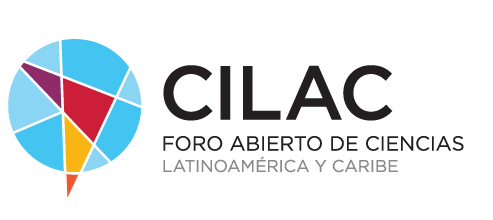
Helping others makes us feel good (so that a kind of Gordian knot appears in which it is difficult to establish whether we are altruistic or selfish), but in addition, Being altruistic makes us feel less alone, more connected with others.
Something that has even been proven with widowed women.
Loneliness and connection
The experience of helping others reduces the activity of the brain's stress and threat centers, including the amygdala, dorsal anterior cingulate cortex, and anterior insula.
Likewise, an increase in activity is detected in areas of the brain associated with attention and rewards (the septal area and the striatum).
In other words: helping others seems to increase the feeling of well-being, but it alsoIt's an antidote to the pain of loneliness and disconnection. This was particularly tested with the loneliness rates of widows and married women in a study from 2017 with a sample of almost 6,000 Americans.
Naturally, widowed women generally felt lonelier than married women, but there was an exception, as explained Vivek H Murthy in his book Together. The power of human connection:
Widows who voluntarily participated in some service activity, for an average of two or more hours per week, did not feel more alone than those whose husbands were still alive. Helping others effectively eliminated the loneliness derived from loss.
This undoubtedly adds a layer of complexity to the definition of altruism and selfishness. Because if we feel good I feel altruistic, Aren't we selfish? You can delve a little deeper into the sociological jungle of these kinds of issues in the following video:
–
The news
The power of altruism: helping others makes us feel less alone (especially if we are widows)
was originally published in
Xataka Science
by
Sergio Parra
.





